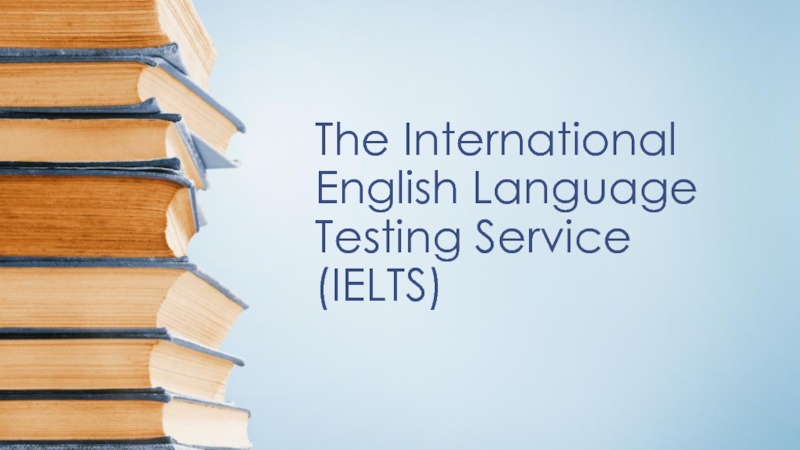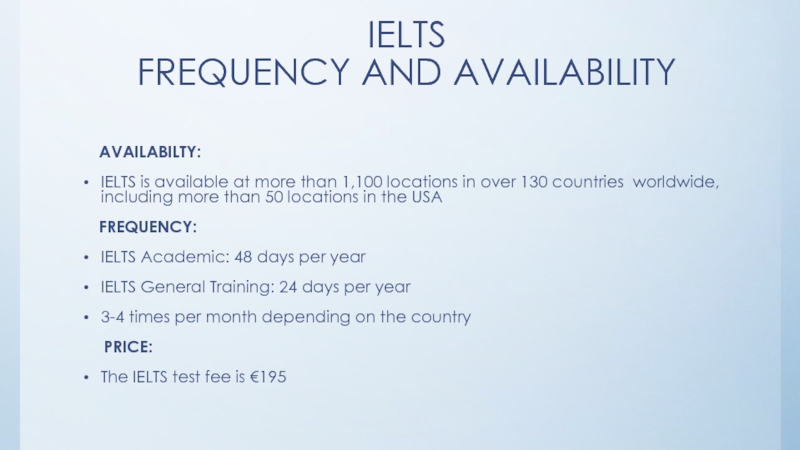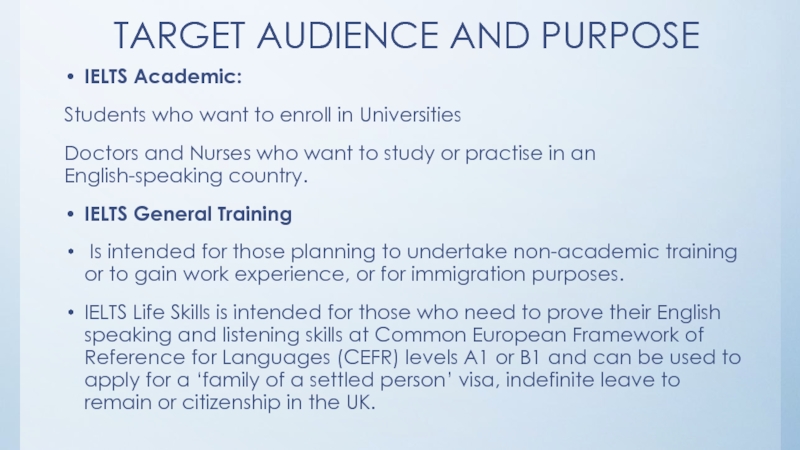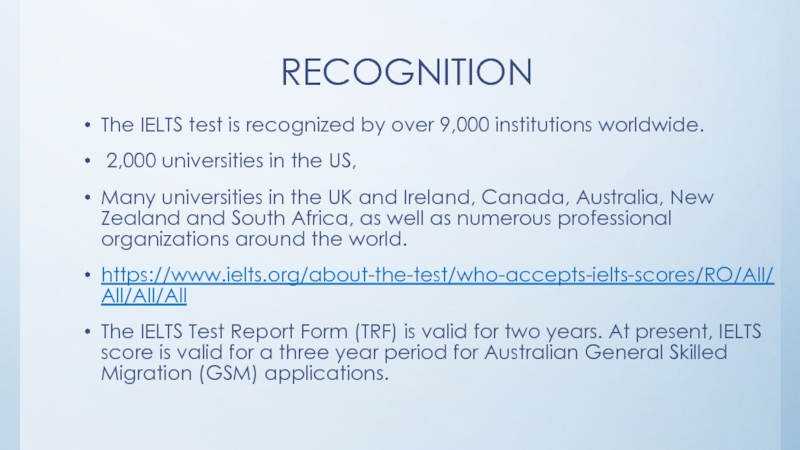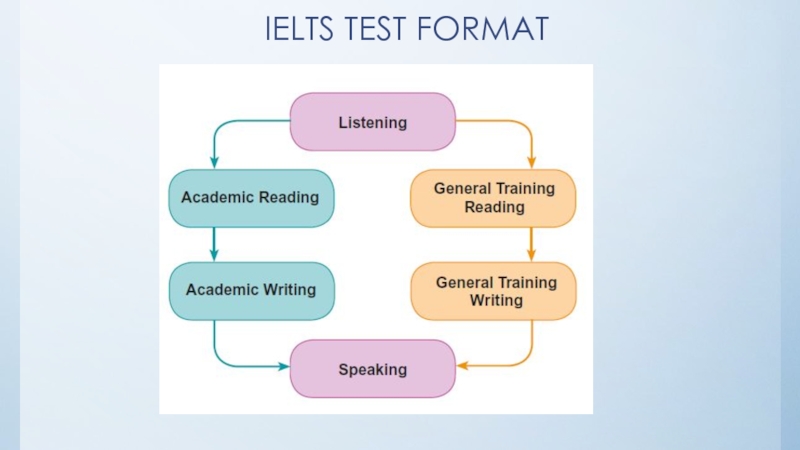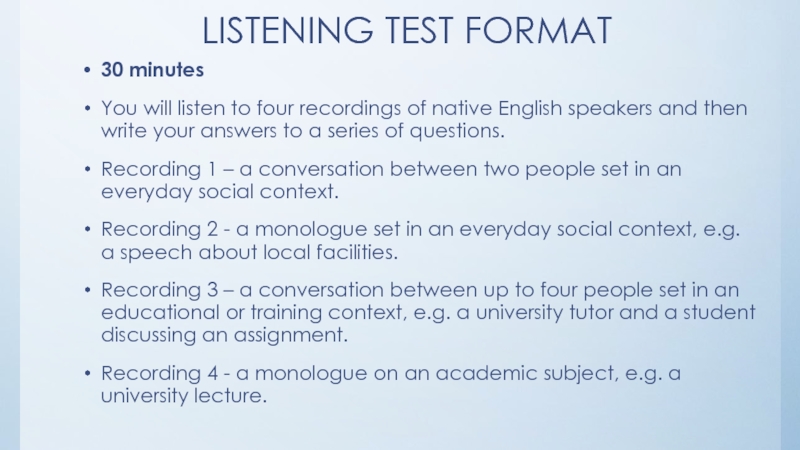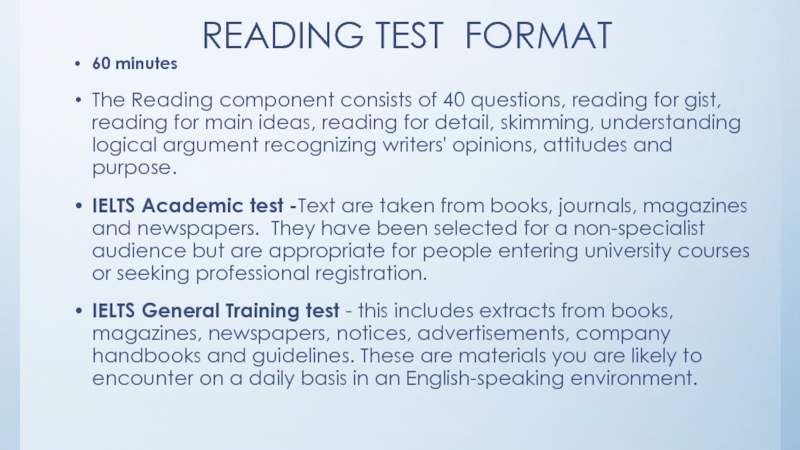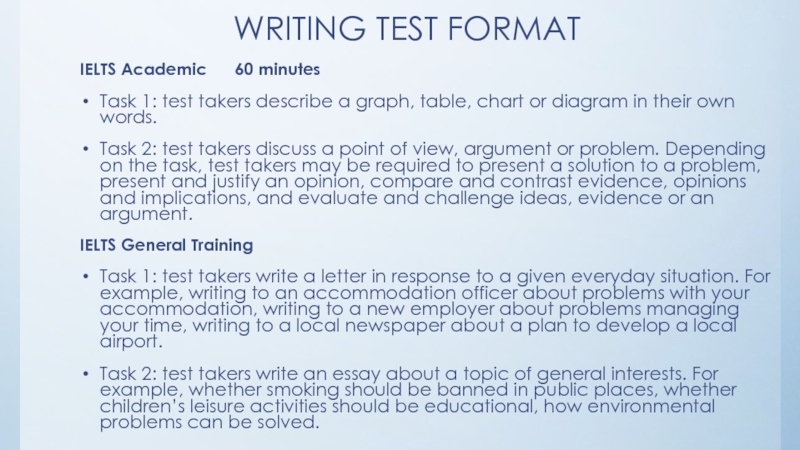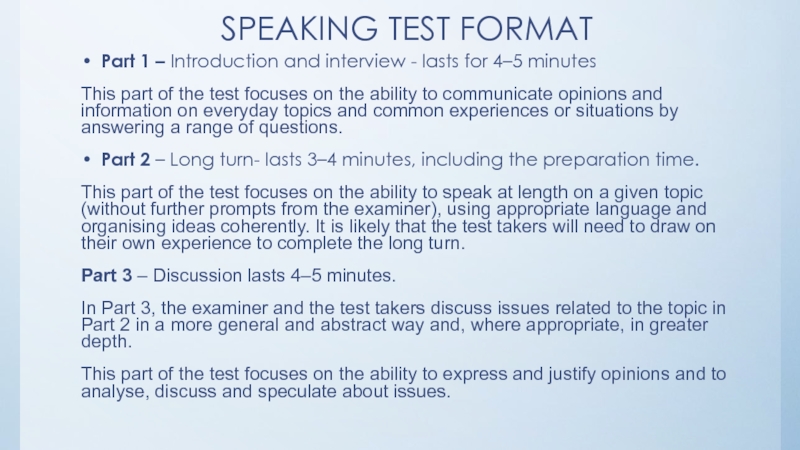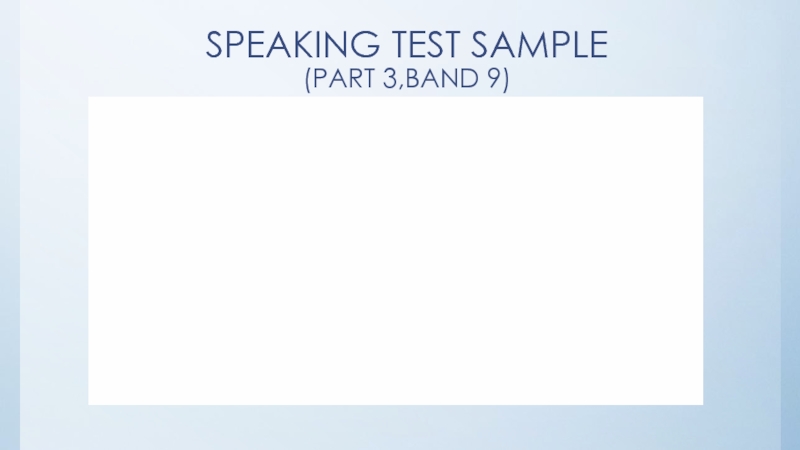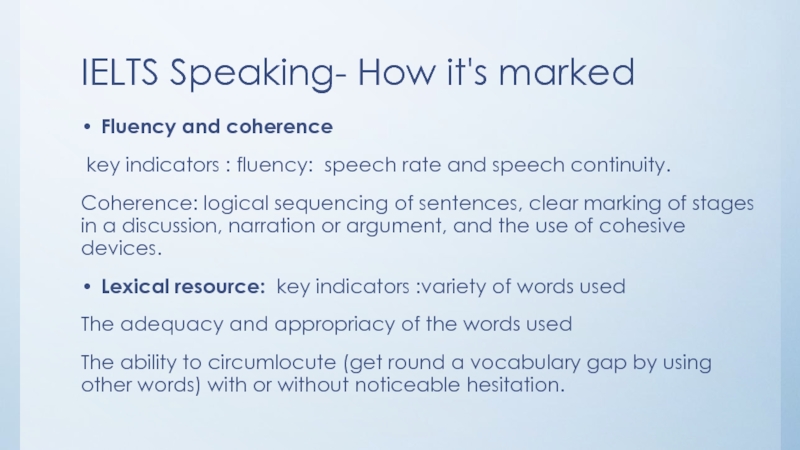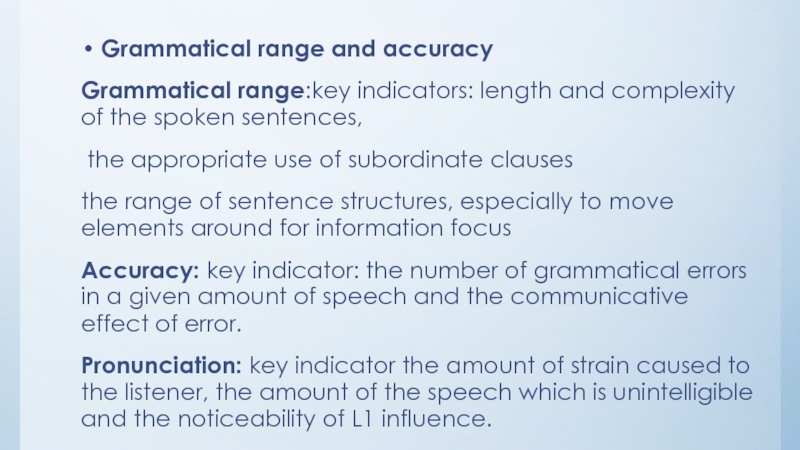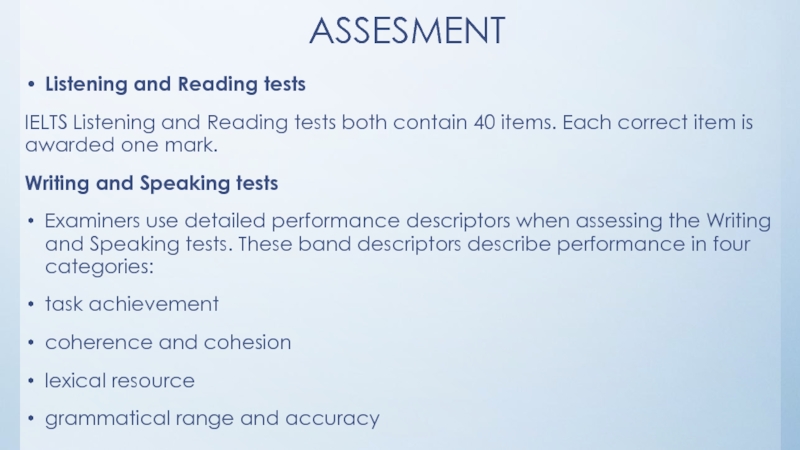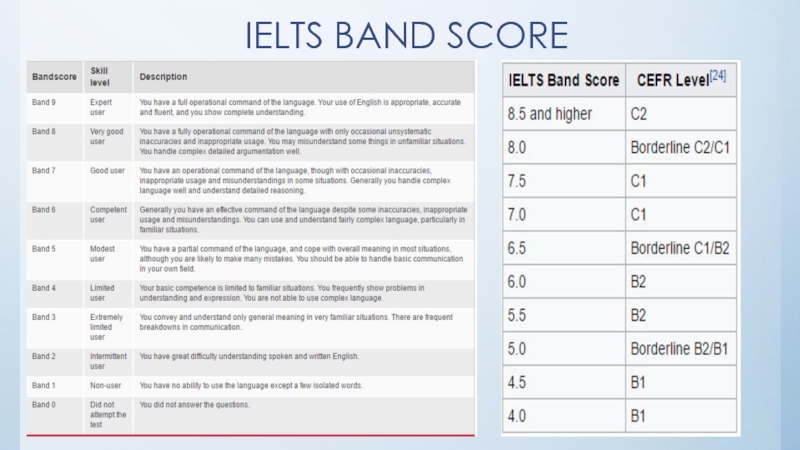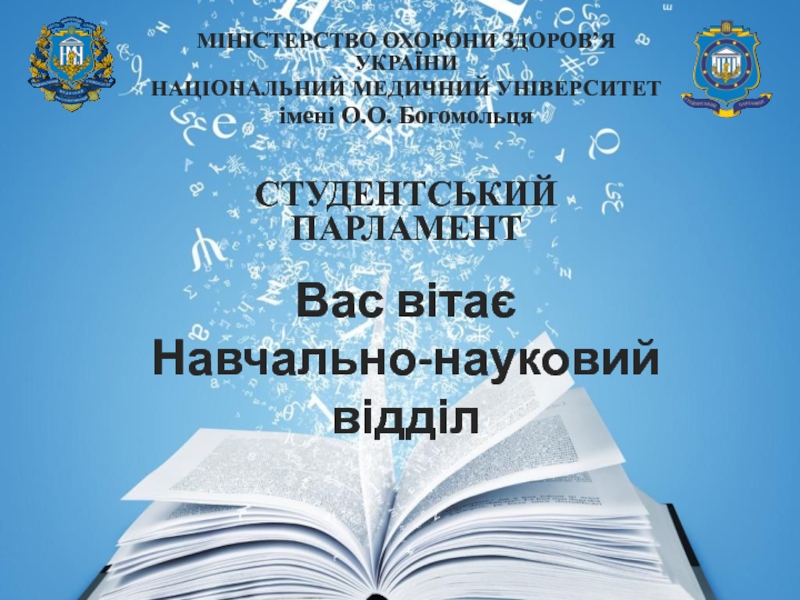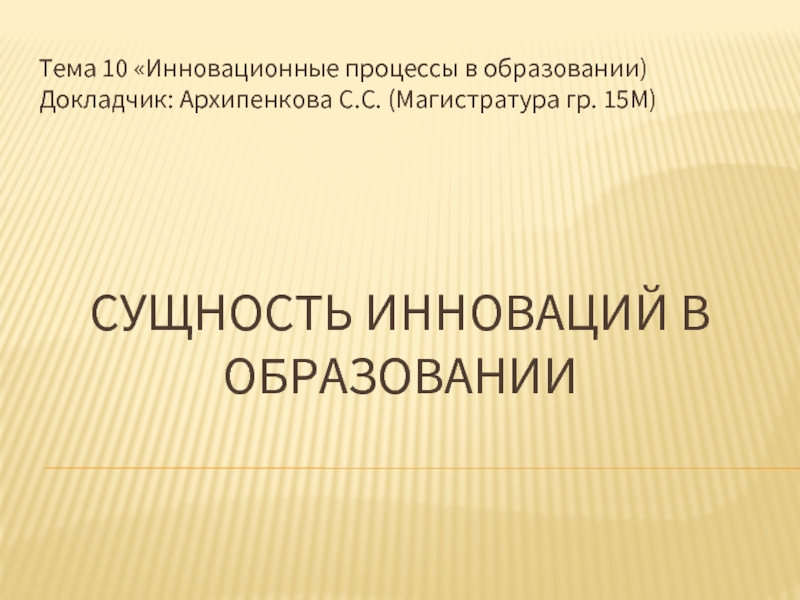- Главная
- Разное
- Дизайн
- Бизнес и предпринимательство
- Аналитика
- Образование
- Развлечения
- Красота и здоровье
- Финансы
- Государство
- Путешествия
- Спорт
- Недвижимость
- Армия
- Графика
- Культурология
- Еда и кулинария
- Лингвистика
- Английский язык
- Астрономия
- Алгебра
- Биология
- География
- Детские презентации
- Информатика
- История
- Литература
- Маркетинг
- Математика
- Медицина
- Менеджмент
- Музыка
- МХК
- Немецкий язык
- ОБЖ
- Обществознание
- Окружающий мир
- Педагогика
- Русский язык
- Технология
- Физика
- Философия
- Химия
- Шаблоны, картинки для презентаций
- Экология
- Экономика
- Юриспруденция
The International English Language Testing Service (IELTS) презентация
Содержание
- 1. The International English Language Testing Service (IELTS)
- 2. Background and Milestones of The International
- 3. IELTS FREQUENCY AND AVAILABILITY
- 4. TARGET AUDIENCE AND PURPOSE IELTS Academic: Students
- 5. RECOGNITION The IELTS test is recognized by
- 6. IELTS TEST FORMAT
- 7. LISTENING TEST FORMAT 30 minutes You will
- 8. READING TEST FORMAT 60 minutes The Reading
- 9. WRITING TEST FORMAT IELTS Academic
- 10. SPEAKING TEST FORMAT Part 1 – Introduction
- 11. SPEAKING TEST SAMPLE (PART 3,BAND 9)
- 12. IELTS Speaking- How it's marked Fluency and
- 13. Grammatical range and accuracy Grammatical range:key
- 14. ASSESMENT Listening and Reading tests IELTS Listening
- 15. IELTS BAND SCORE
- 16. THANK YOU!!!
Слайд 2 Background and Milestones of The International English Language Testing Service
It was launched in 1980 by Cambridge English Language Assessment (then known as UCLES) and the British Council.
there were practical difficulties administering the test. As a result, the IELTS Revision Project was set up to oversee the redesign of the test.
IDP: IELTS Australia, joined Cambridge English Language Assessment and the British Council to form the international IELTS partnership which delivers the test to this day.
IELTS went live in 1989
IELTS was revised again in 1995
Further revisions went live in 2001 (revised Speaking Test) and 2005 (new assessment criteria for the Writing test)
Слайд 3IELTS
FREQUENCY AND AVAILABILITY
AVAILABILTY:
IELTS is available at more than
FREQUENCY:
IELTS Academic: 48 days per year
IELTS General Training: 24 days per year
3-4 times per month depending on the country
PRICE:
The IELTS test fee is €195
Слайд 4TARGET AUDIENCE AND PURPOSE
IELTS Academic:
Students who want to enroll in Universities
Doctors
IELTS General Training
Is intended for those planning to undertake non-academic training or to gain work experience, or for immigration purposes.
IELTS Life Skills is intended for those who need to prove their English speaking and listening skills at Common European Framework of Reference for Languages (CEFR) levels A1 or B1 and can be used to apply for a ‘family of a settled person’ visa, indefinite leave to remain or citizenship in the UK.
Слайд 5RECOGNITION
The IELTS test is recognized by over 9,000 institutions worldwide.
2,000
Many universities in the UK and Ireland, Canada, Australia, New Zealand and South Africa, as well as numerous professional organizations around the world.
https://www.ielts.org/about-the-test/who-accepts-ielts-scores/RO/All/All/All/All
The IELTS Test Report Form (TRF) is valid for two years. At present, IELTS score is valid for a three year period for Australian General Skilled Migration (GSM) applications.
Слайд 7LISTENING TEST FORMAT
30 minutes
You will listen to four recordings of native
Recording 1 – a conversation between two people set in an everyday social context.
Recording 2 - a monologue set in an everyday social context, e.g. a speech about local facilities.
Recording 3 – a conversation between up to four people set in an educational or training context, e.g. a university tutor and a student discussing an assignment.
Recording 4 - a monologue on an academic subject, e.g. a university lecture.
Слайд 8READING TEST FORMAT
60 minutes
The Reading component consists of 40 questions, reading
IELTS Academic test -Text are taken from books, journals, magazines and newspapers. They have been selected for a non-specialist audience but are appropriate for people entering university courses or seeking professional registration.
IELTS General Training test - this includes extracts from books, magazines, newspapers, notices, advertisements, company handbooks and guidelines. These are materials you are likely to encounter on a daily basis in an English-speaking environment.
Слайд 9WRITING TEST FORMAT
IELTS Academic 60 minutes
Task 1: test takers
Task 2: test takers discuss a point of view, argument or problem. Depending on the task, test takers may be required to present a solution to a problem, present and justify an opinion, compare and contrast evidence, opinions and implications, and evaluate and challenge ideas, evidence or an argument.
IELTS General Training
Task 1: test takers write a letter in response to a given everyday situation. For example, writing to an accommodation officer about problems with your accommodation, writing to a new employer about problems managing your time, writing to a local newspaper about a plan to develop a local airport.
Task 2: test takers write an essay about a topic of general interests. For example, whether smoking should be banned in public places, whether children’s leisure activities should be educational, how environmental problems can be solved.
Слайд 10SPEAKING TEST FORMAT
Part 1 – Introduction and interview - lasts for
This part of the test focuses on the ability to communicate opinions and information on everyday topics and common experiences or situations by answering a range of questions.
Part 2 – Long turn- lasts 3–4 minutes, including the preparation time.
This part of the test focuses on the ability to speak at length on a given topic (without further prompts from the examiner), using appropriate language and organising ideas coherently. It is likely that the test takers will need to draw on their own experience to complete the long turn.
Part 3 – Discussion lasts 4–5 minutes.
In Part 3, the examiner and the test takers discuss issues related to the topic in Part 2 in a more general and abstract way and, where appropriate, in greater depth.
This part of the test focuses on the ability to express and justify opinions and to analyse, discuss and speculate about issues.
Слайд 12IELTS Speaking- How it's marked
Fluency and coherence
key indicators :
Coherence: logical sequencing of sentences, clear marking of stages in a discussion, narration or argument, and the use of cohesive devices.
Lexical resource: key indicators :variety of words used
The adequacy and appropriacy of the words used
The ability to circumlocute (get round a vocabulary gap by using other words) with or without noticeable hesitation.
Слайд 13Grammatical range and accuracy
Grammatical range:key indicators: length and complexity of
the appropriate use of subordinate clauses
the range of sentence structures, especially to move elements around for information focus
Accuracy: key indicator: the number of grammatical errors in a given amount of speech and the communicative effect of error.
Pronunciation: key indicator the amount of strain caused to the listener, the amount of the speech which is unintelligible and the noticeability of L1 influence.
Слайд 14ASSESMENT
Listening and Reading tests
IELTS Listening and Reading tests both contain 40
Writing and Speaking tests
Examiners use detailed performance descriptors when assessing the Writing and Speaking tests. These band descriptors describe performance in four categories:
task achievement
coherence and cohesion
lexical resource
grammatical range and accuracy
